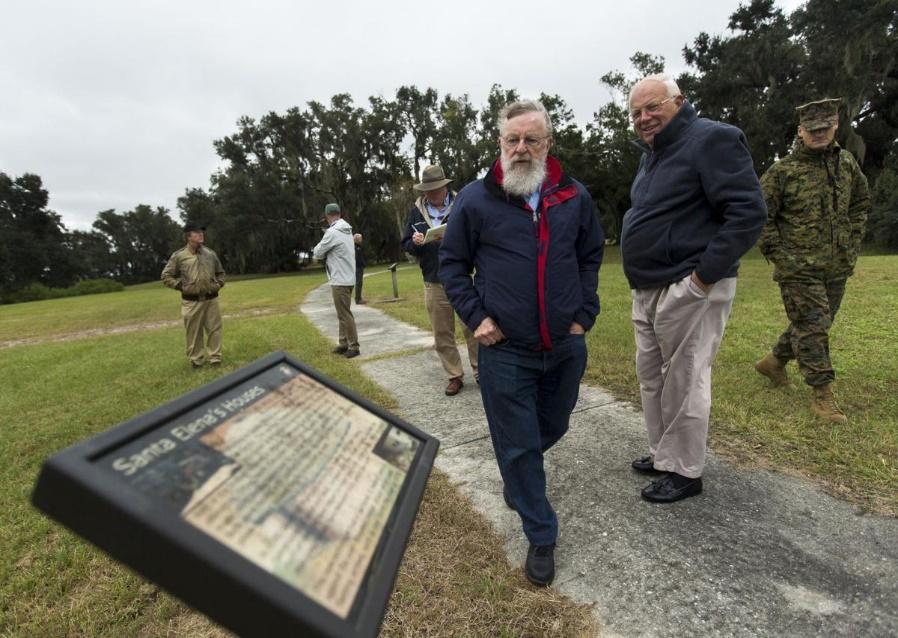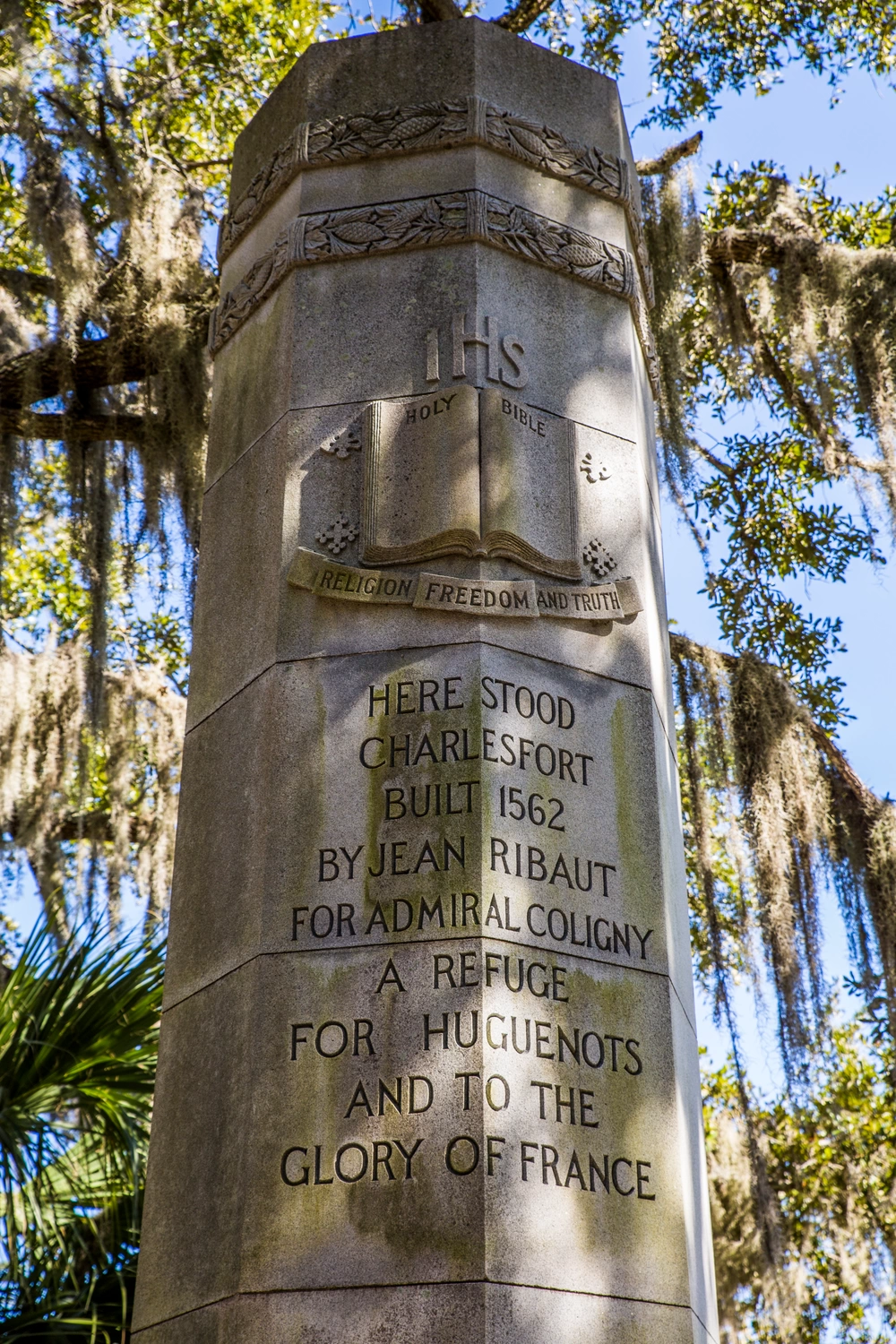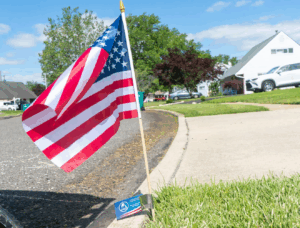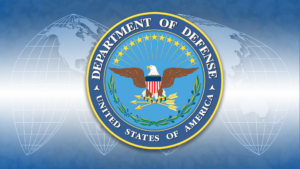PARRIS ISLAND’S RICH HISTORY DATES BACK HUNDREDS OF YEARS
It’s easy to see why the phrase “Cradle of the Corps” is a well-known nickname for Marine Corps Recruit Depot Parris Island. The base is the second oldest active Marine installation and first began training Marine recruits in 1911. Today, around 19,000 new Marines graduate from initial entry training every year to continue the long tradition of selfless service that exemplifies the Corps. However, a much lesser-known fact is that the military significance of the Parris Island area started well before MCRD Parris Island – even before the founding of the United States of America.
In 1562, over fifty years before the founding of Jamestown, Virginia, French sailors visited Port Royal Sound and built a small outpost on Parris Island after recognizing the sound’s potential as a port. At the time, many European powers were scrambling to secure territory in the American “New World” and the French colonists were soon in conflict with Spanish forces. After a brief struggle, the Spanish gained the upper hand in the area and the French fled the island. Beginning in 1566 the Spanish made a more robust colony on the same site which they named Santa Elena. Multiple forts were built across the Santa Elena colony which extended across the southern tip of what is now Parris Island. In its heyday, the colony acted as the first capital of Spanish Florida and had at least two forts plus over sixty other buildings housing a population of over 400 people. Unfortunately for the colonists, however, the area was too far north of more secure Spanish bases in the Caribbean to be supported and was finally abandoned in 1587 after conflict with Native Americans and raids by the English.
Over three centuries later, Marine Major George Osterhout, was one of the first people to recognize the importance of the area from an archeological perspective. He conducted an excavation in the 1920s and was able to prove that the southern tip of Parris Island did have the remains of a historic colony, though he believed it was the old French settlement and not the more-important Santa Elena. Despite his mistaken conclusion, Major Osterhout’s work prompted a wave of interest in the area and further excavations throughout the 1900s discovered the Spanish forts and a large number of historical artifacts. Also in that time, the Marine Corps strived to keep the Santa Elena site untouched as much as possible. As Parris Island developed into a major Recruit Depot, construction was kept separate from the site and parts of the installation such as the Legends Golf Course were redesigned in 1947 to minimize disturbances to archeological excavations.
Santa Elena’s importance was cemented when it was declared a National Historic Landmark in 2001. The site today is considered of unparalleled importance to understanding the early colonial history of North America and South Carolina, yielding artifacts from French, English, Spanish, and Native American origins including the only known early Spanish pottery kiln on the American continent. The Marine Corps’ actions in safeguarding the land have ensured that even surface-level artifacts continue to be found, a rarity in today’s world where most property has been developed and redeveloped numerous times. It is fitting that MCRD Parris Island is not only a cornerstone of the history of the United States Marine Corps, but also a good neighbor to one of the founding sites of colonial American history.






